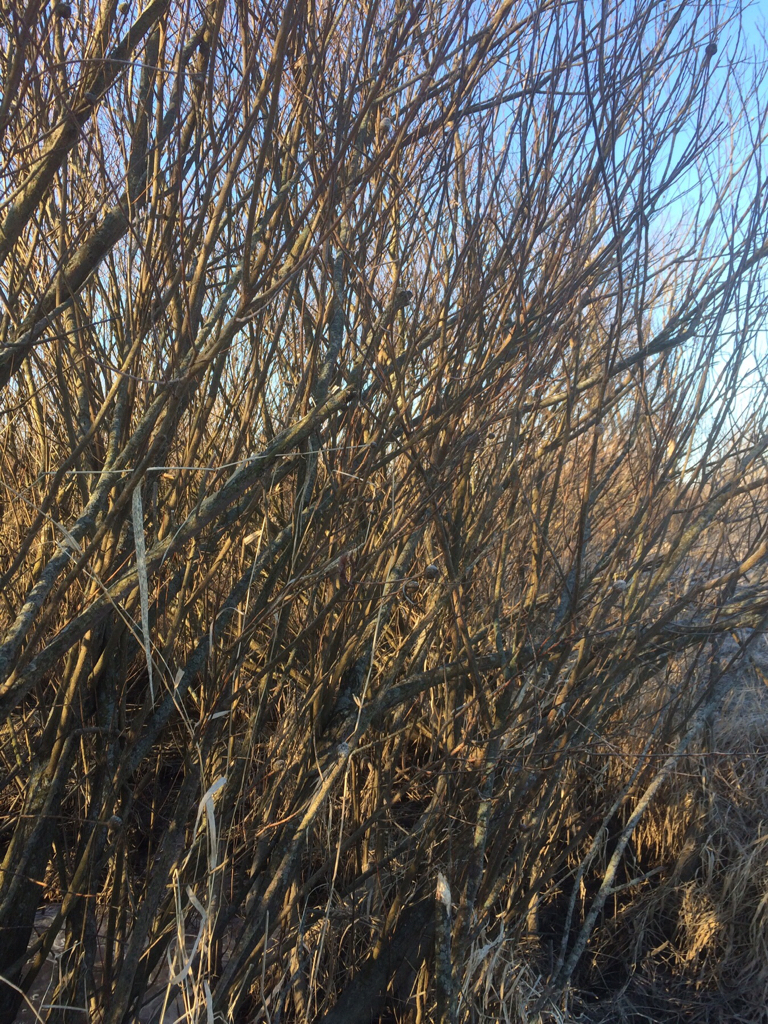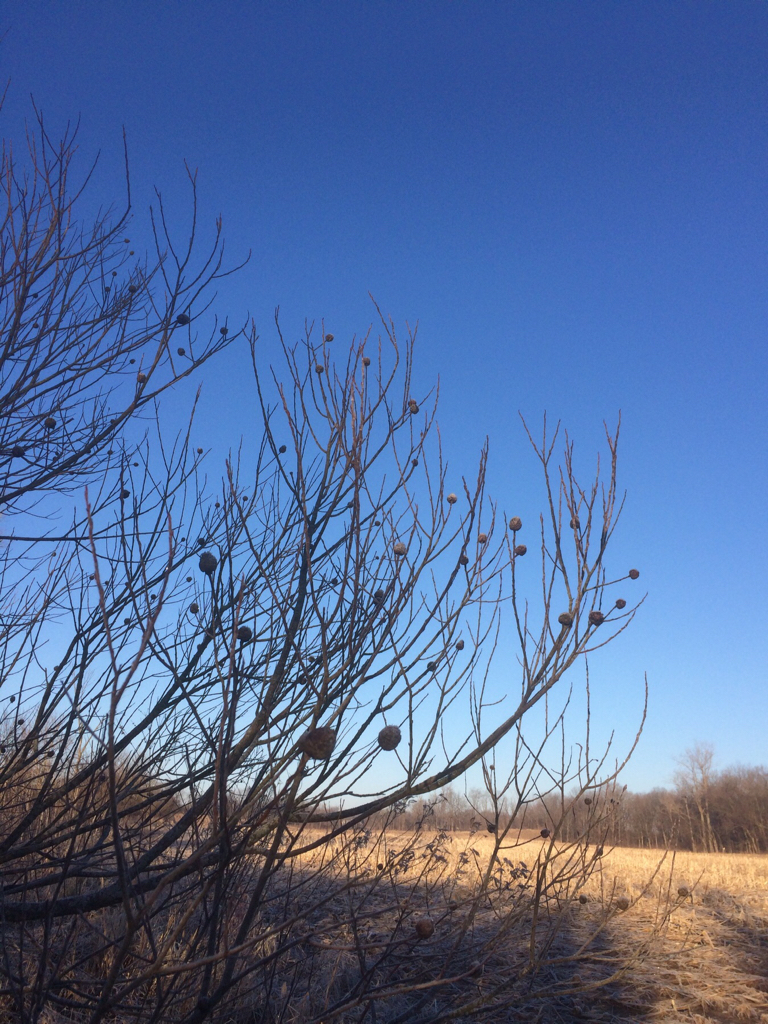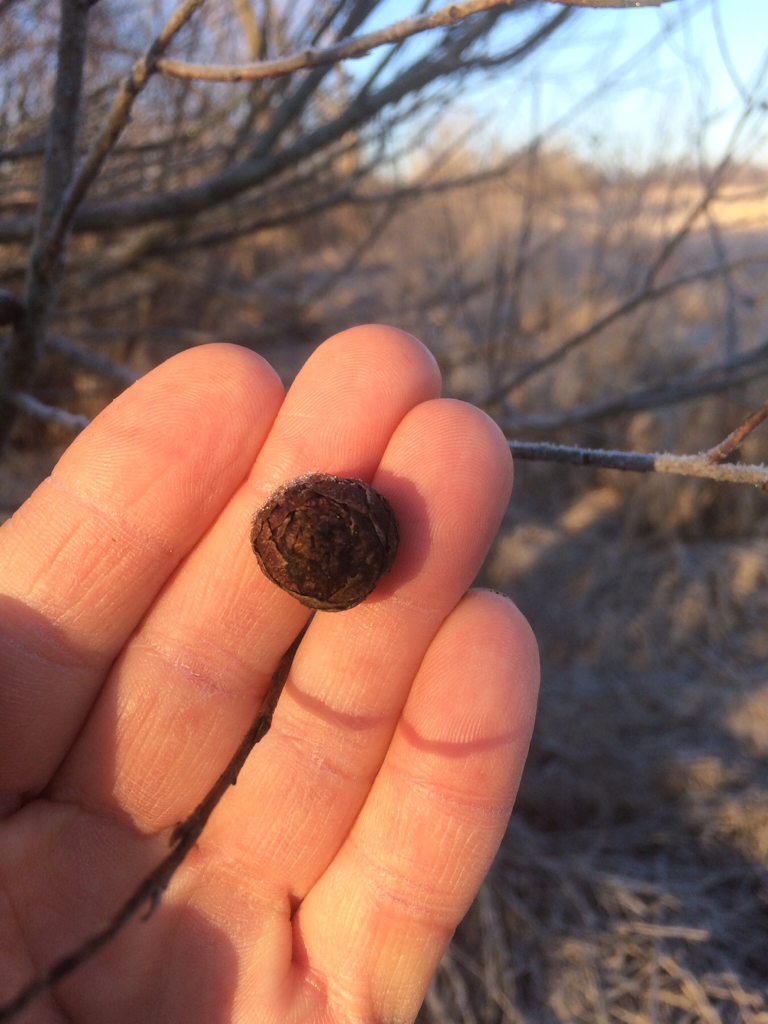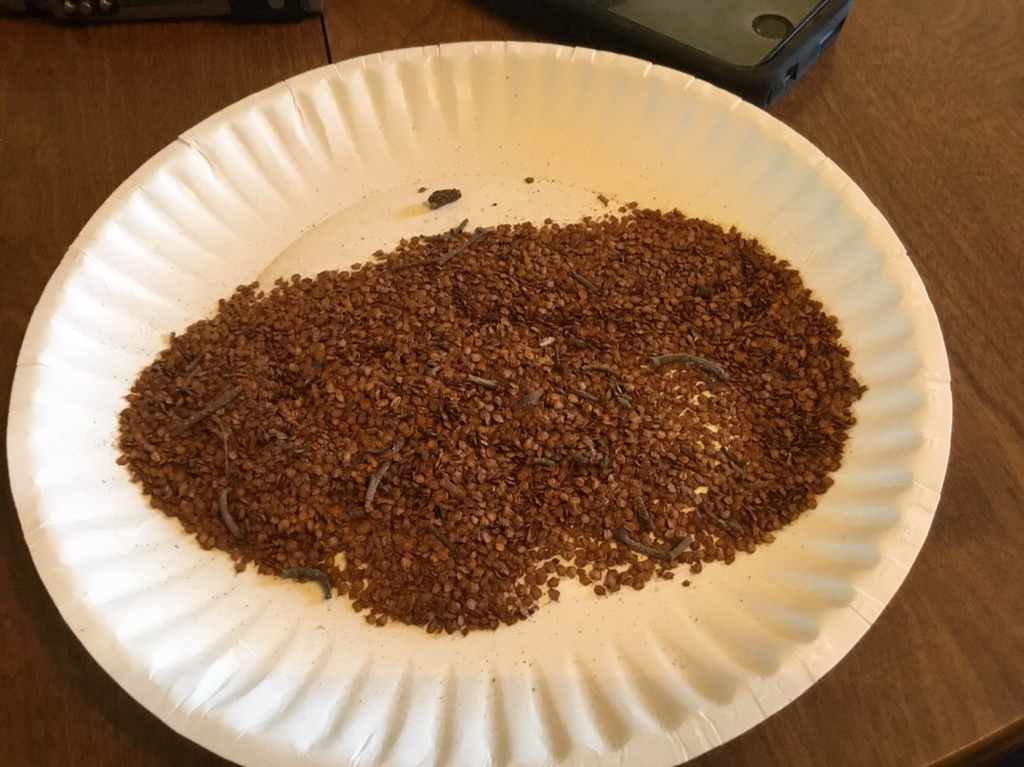You are using an out of date browser. It may not display this or other websites correctly.
You should upgrade or use an alternative browser.
You should upgrade or use an alternative browser.
Wetland shrub
- Thread starter KDdid
- Start date
Native Hunter
5 year old buck +
Yes, Hazel Alder (aka Brookside Alder) Alnus serrulate.
Native Hunter
5 year old buck +
I don't know what part of Indiana he is in, but if he is in the southern part it is probably Hazel Alder like I said. However, if he is in the northern part it is likely Alnus incana (Speckled Alder). The wildlife value is similar between the two. I can easily tell them apart by their leaves.
There is a non-native called Black Alder. It gets bigger than the natives. The leaves will also ID it. Going from memory, I don't think it likes the wet spots as much as the natives.
There are other alders I'm less familiar with and I suppose it could be one of those. But, that is an alder in his pic.
There is a non-native called Black Alder. It gets bigger than the natives. The leaves will also ID it. Going from memory, I don't think it likes the wet spots as much as the natives.
There are other alders I'm less familiar with and I suppose it could be one of those. But, that is an alder in his pic.
j-bird
Moderator
I'm not questioning your call... I just found it interesting that Alders (speckled and Hazel) in general seem to be NOT that common in IN. Wiki shows the Hazel to be south of us and the Speckled to be north of us as a whole. I had no idea what it was... which was why I was curious and I was hoping to learn something. And we also know that if the internet says so...then it must be true!I don't know what part of Indiana he is in, but if he is in the southern part it is probably Hazel Alder like I said. However, if he is in the northern part it is likely Alnus incana (Speckled Alder). The wildlife value is similar between the two. I can easily tell them apart by their leaves.
There is a non-native called Black Alder. It gets bigger than the natives. The leaves will also ID it. Going from memory, I don't think it likes the wet spots as much as the natives.
There are other alders I'm less familiar with and I suppose it could be one of those. But, that is an alder in his pic.
Native Hunter
5 year old buck +
I'm not questioning your call... I just found it interesting that Alders (speckled and Hazel) in general seem to be NOT that common in IN. Wiki shows the Hazel to be south of us and the Speckled to be north of us as a whole. I had no idea what it was... which was why I was curious and I was hoping to learn something. And we also know that if the internet says so...then it must be true!
The first time I ever noticed them on my place I was up on a barn, screwing down the roof. I was up so high that I was seeing things I didn't normally see from the ground. Down the branch in a boggy spot I could see the male catkins shining like new money. I thought to myself I was looking at hazelnut bushes, but when I examined up close I could see that it was alders. Since that time I have found them in several other locations. They make cover in sunny bogs - and that is about the extent of the use I see for them. But, I'm sure nature has other uses. I've read that lots of insects use them, and several birds including woodcock and grouse feed on the catkins and seed.
I’m in far northern Indiana, about 30 miles south of the Michigan border. I have another alder growing on my farm a few miles away. That one looks more typically like a speckled alder- I’ll try to remember to get leaf photos this summer. Now my question is-how do I propagate this shrub? Do cuttings work?
Update: looking at the USDA fact sheet, it looks like I’ll be collecting seeds this September.
Sent from my iPhone using Tapatalk
Update: looking at the USDA fact sheet, it looks like I’ll be collecting seeds this September.
Sent from my iPhone using Tapatalk
Last edited:
I did some shed hunting with a friend on a property that has two shallow ponds, and harvested some speckled alder seed cones for seed. With a little effort I was able to determine which cones hadn’t fully opened, and got several hundred seeds from them. I planted some in trays, and direct seeded some more in a wetland area. I liked the form and height of these trees/shrubs, so I’m thinking of gathering more. The ones I collected from all had reddish catkins on them, so after further review I’m no longer confident that the species shown in the earlier pictures are alder after all. I’ll try to stop back at that property and get some pictures of the plants later this week.
Sent from my iPad using Tapatalk
Sent from my iPad using Tapatalk
I thought buttonbush seeing the round brown balls. It is also abwetland shrub
I’m familiar with button bush, and this is different.
Sent from my iPad using Tapatalk
I returned this morning to the pond where I collected what I’m pretty sure are alder cones. Here’s a photo that clearly shows cones, catkins, and bark...
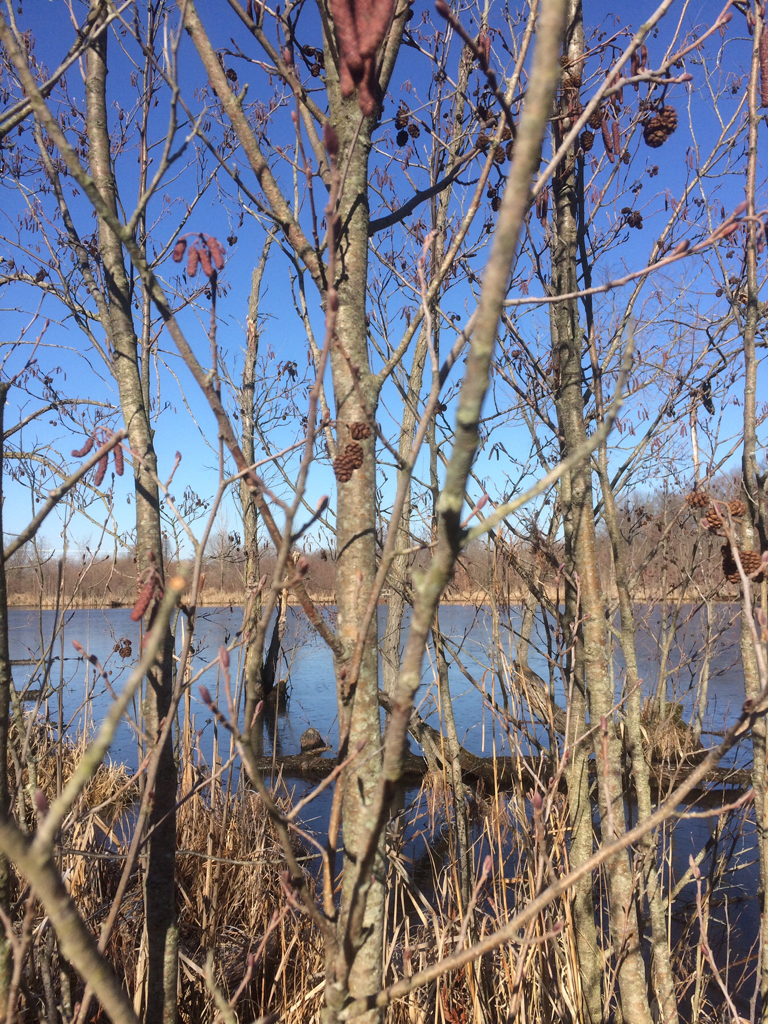
It’s quite different from the first shrub in this thread, enough so that I’m going to get samples and better photos of that one also.
Sent from my iPad using Tapatalk

It’s quite different from the first shrub in this thread, enough so that I’m going to get samples and better photos of that one also.
Sent from my iPad using Tapatalk
those are two different plants, second was a tree, first was a bush. not at all the same. imho they are pussy willow galls in the first pic.
They’re dried flower heads of some type-they come apart into petals.
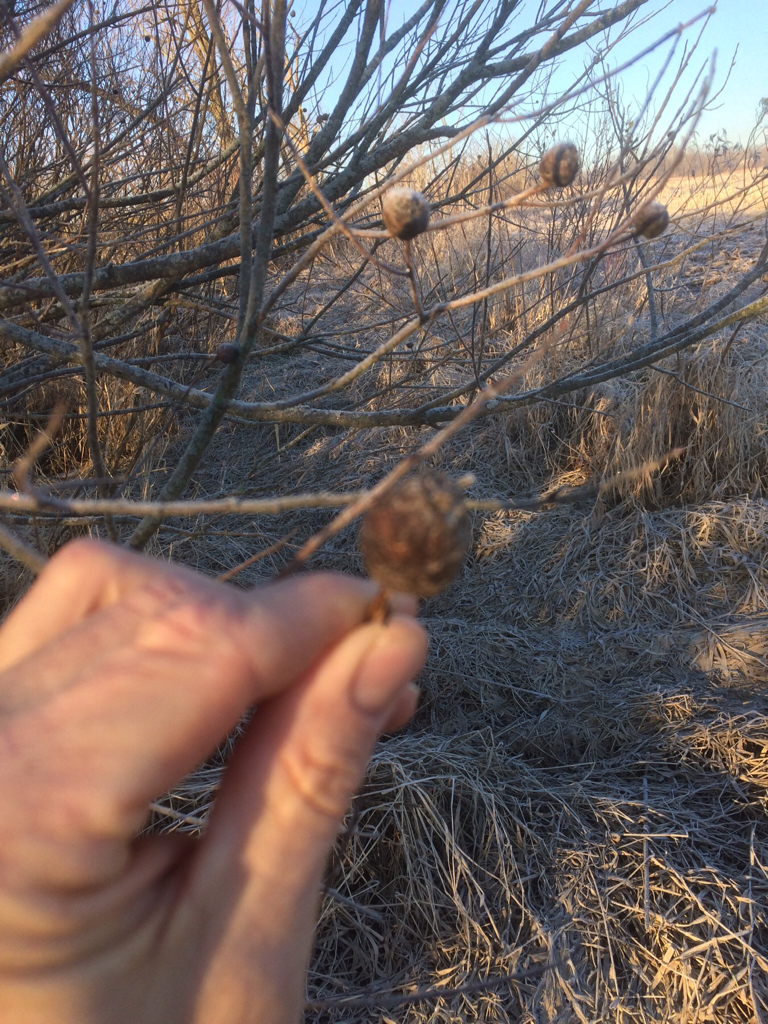
Sent from my iPad using Tapatalk
mikmaze
5 year old buck +
nope, sorry, they are not dried flowers, they are the result of a bug, a midge actually.......... they cause the plants to form a leafy gall.
https://bugguide.net/node/view/454654/bgpage
http://www.seversondells.com/blog/szzbg4l9ys3lsf43y8cmsya6gcxhzb
https://bugguide.net/node/view/454654/bgpage
http://www.seversondells.com/blog/szzbg4l9ys3lsf43y8cmsya6gcxhzb
nope, sorry, they are not dried flowers, they are the result of a bug, a midge actually.......... they cause the plants to form a leafy gall.
https://bugguide.net/node/view/454654/bgpage
http://www.seversondells.com/blog/szzbg4l9ys3lsf43y8cmsya6gcxhzb
Wow, I never would’ve believed it wasn’t a natural part of the plant if you hadn’t sent that link. That looks precisely like the structures that I thought were flowers!
Sent from my iPad using Tapatalk
Similar threads
- Replies
- 8
- Views
- 533
- Replies
- 22
- Views
- 1K
